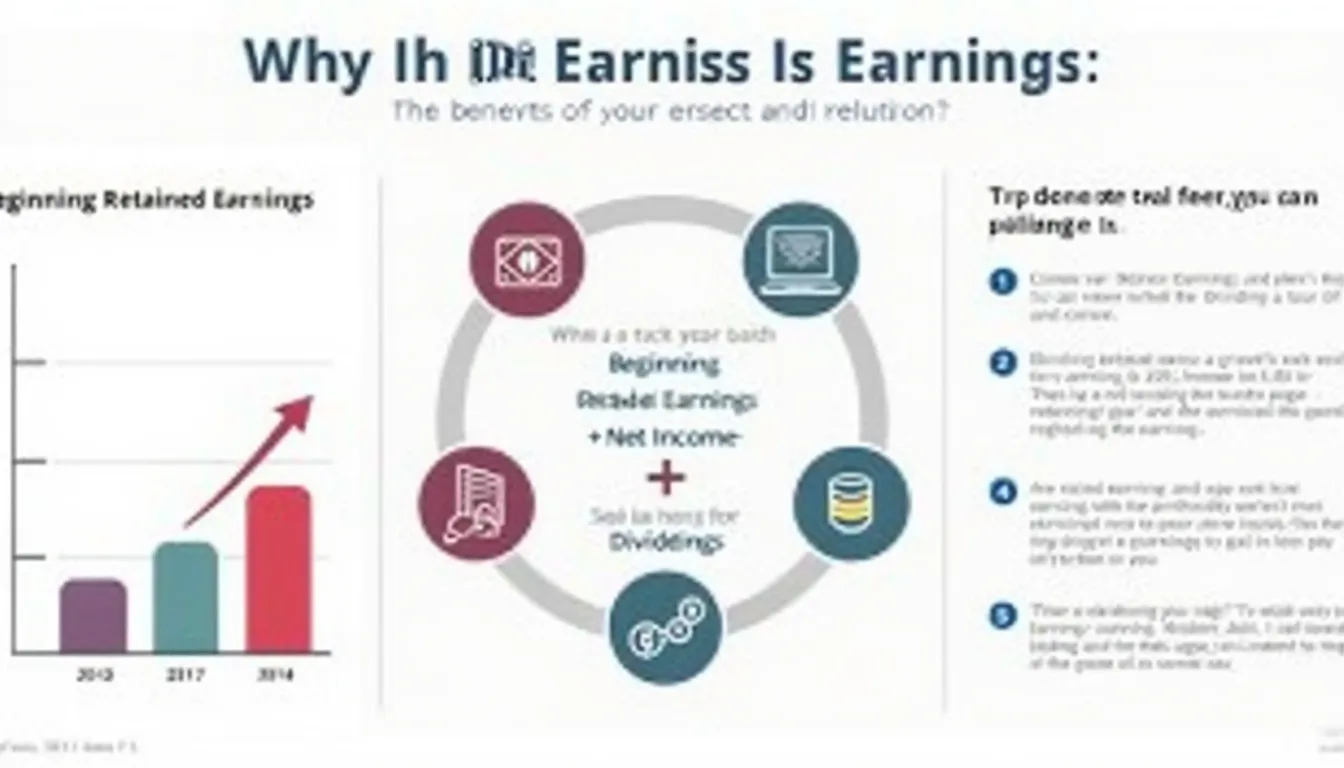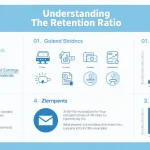Retained Earnings Calculator
Is this tool helpful?
How to use the tool
- Beginning Retained Earnings – Type your opening balance, e.g., 50 000 or 600 000.
- Net Income / Loss – Enter profit as a positive number or loss as a negative, e.g., 15 000 or -10 000.
- Dividends Paid – If dividends were declared, input the total, e.g., 2 000 or 25 000; otherwise leave blank or use 0.
- Press Calculate Retained Earnings to view the ending figure instantly.
Formula used
$$\text{Ending Retained Earnings}= \text{Beginning Retained Earnings}+ \text{Net Income (or Loss)}- \text{Dividends Paid}.$$
Example A
- Beginning: 50 000
- Net Income: 15 000
- Dividends: 2 000
- Ending: 63 000
Example B
- Beginning: 600 000
- Net Loss: -10 000
- Dividends: 25 000
- Ending: 565 000
Quick-Facts
- The formula appears in both IFRS and US GAAP guidance (IAS 1; ASC 505).
- Average dividend payout ratio for S&P 500 firms equals 32 % of earnings (S&P Global, 2023).
- Negative retained earnings are called an “accumulated deficit” (SEC Form 10-K Glossary).
- Private companies often calculate retained earnings quarterly for loan covenants (Wells Fargo Bank Credit Guide, 2022).
What are retained earnings?
Retained earnings are the profits your firm keeps after paying dividends and covering prior losses (Investopedia, 2024).
How do retained earnings differ from revenue?
Revenue records total sales; retained earnings track cumulative profit left in the business after dividends (Kieso et al., Intermediate Accounting IFRS, 2020).
Why subtract dividends?
Dividends reduce funds available for reinvestment; accounting standards require deduction to show resources still at management’s disposal (IAS 1.107).
Can retained earnings be negative?
Yes. Continuous losses or excessive dividends create an accumulated deficit, signalling reduced creditor protection (SEC Staff Accounting Bulletin Topic 6-B).
How often should you calculate retained earnings?
You should update the figure each reporting period—monthly, quarterly, or yearly—to ensure statements reflect current equity (AICPA FRF for SMEs §4.28).
Where is the number shown on financial statements?
Retained earnings appear in the shareholders’ equity section of the balance sheet beneath contributed capital (FASB Concept Statement 6).
How does retained earnings influence dividend policy?
Boards examine retained earnings before declaring dividends; low balances limit payouts to maintain solvency (Harvard Business Review, “Dividend Puzzle,” 2021).
What legal limits exist on paying dividends?
Many U.S. states prohibit dividends that impair stated capital, effectively capping payouts at available retained earnings (Model Business Corporation Act §6.40).
Important Disclaimer
The calculations, results, and content provided by our tools are not guaranteed to be accurate, complete, or reliable. Users are responsible for verifying and interpreting the results. Our content and tools may contain errors, biases, or inconsistencies. Do not enter personal data, sensitive information, or personally identifiable information in our web forms or tools. Such data entry violates our terms of service and may result in unauthorized disclosure to third parties. We reserve the right to save inputs and outputs from our tools for the purposes of error debugging, bias identification, and performance improvement. External companies providing AI models used in our tools may also save and process data in accordance with their own policies. By using our tools, you consent to this data collection and processing. We reserve the right to limit the usage of our tools based on current usability factors.







